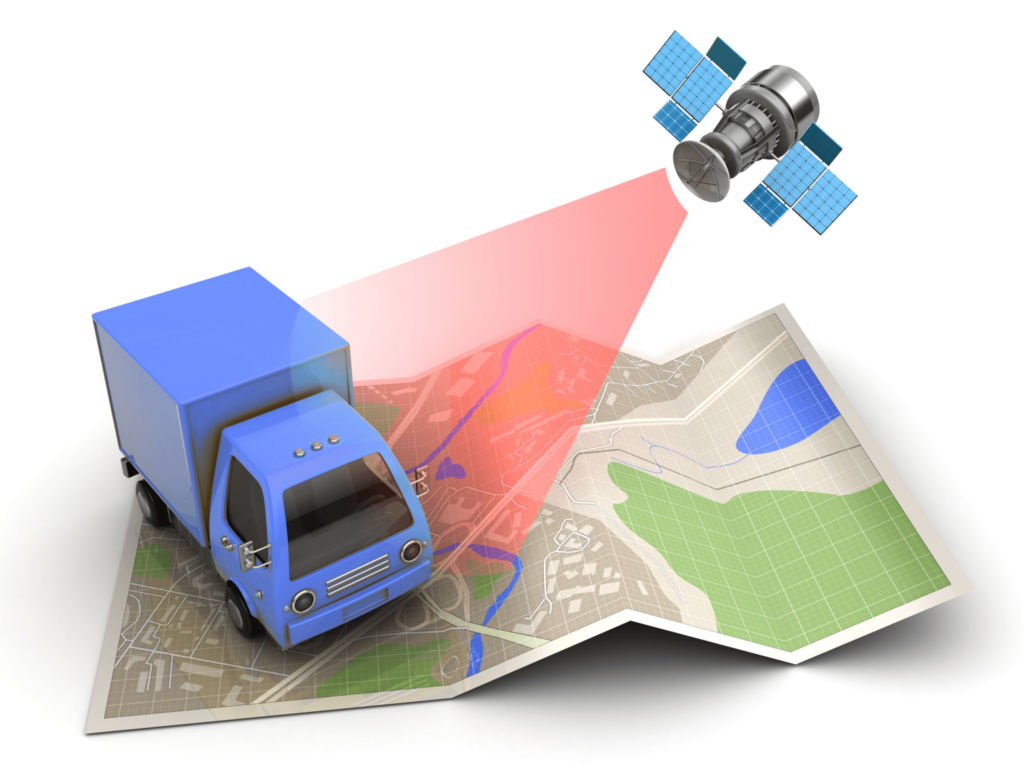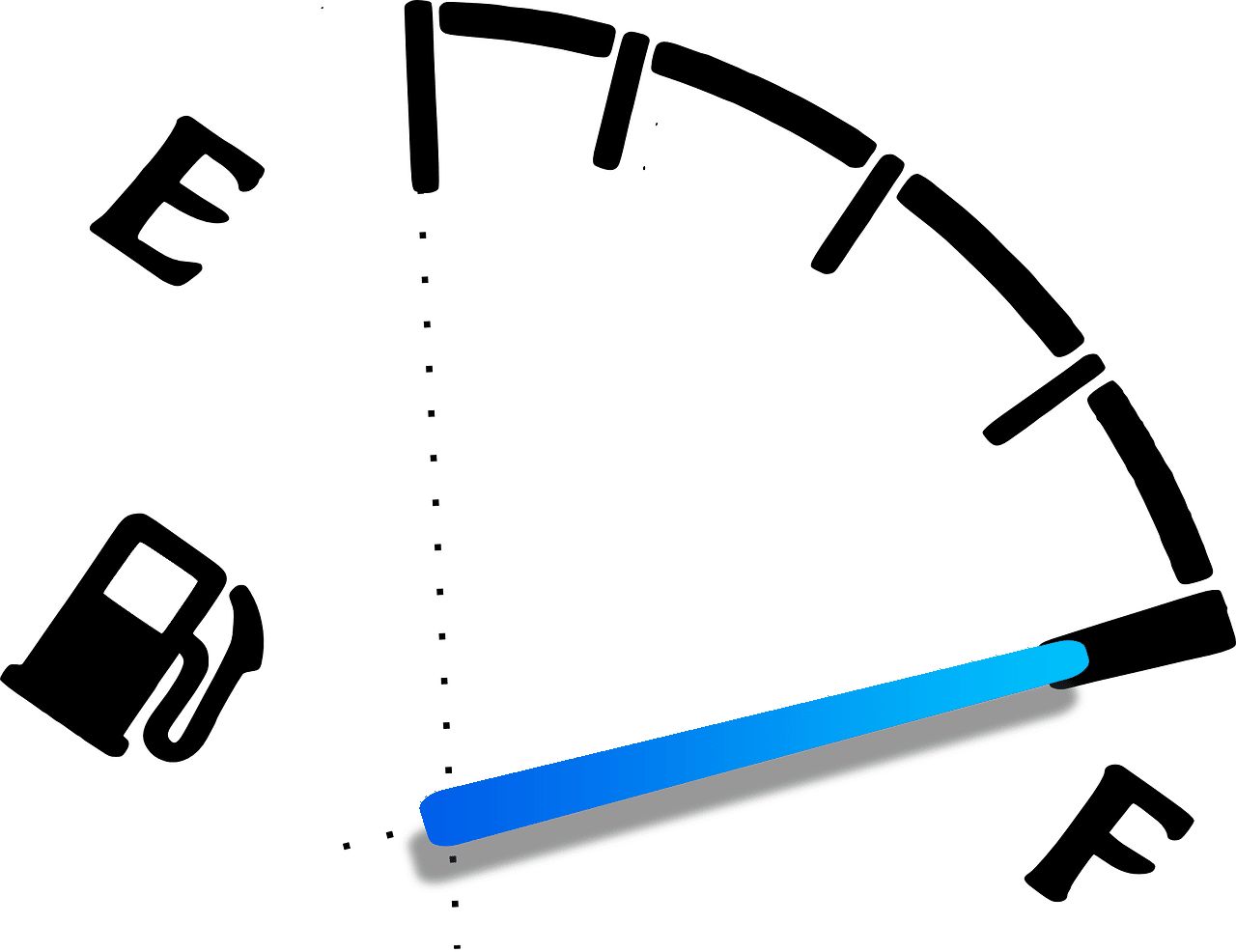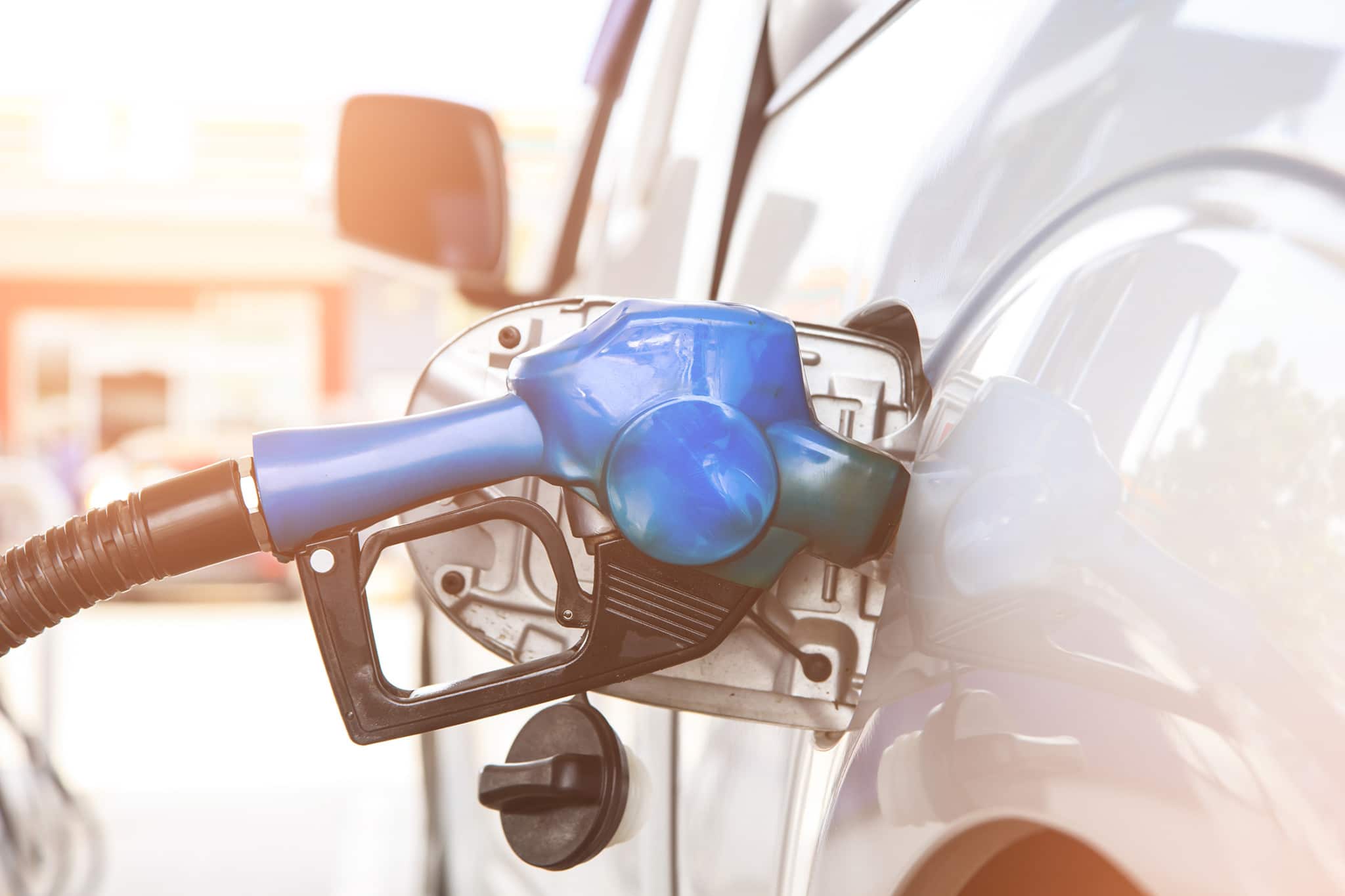No matter the fleet size, looking at telematics is one of the top methods available to save between 15 to 20% each month on fuel costs. Fleet operating costs commonly report that fuel coverage accounts for 60%, making it the number one operating expense.
What Is Telematics?
Telematics is an onboard system that tracks fleet and/or individual vehicle data which can include:
- GPS Location
- Driver Behaviour
- Engine Diagnostics
- Trip Histories
- Dashcam Analysis
- Fuel Usage
The data is then visualised on software platforms that help fleet operators manage resources.
How Do Telematics Help Tackle Rising Fuel Costs?
1) Safer Driving
By curbing unsafe driving, there can be a difference of 30% in fuel efficiency between a fleet’s safest and unsafest drivers. Unsafe driving behaviours that contribute to unnecessary fuel consumption include:
- Speeding
- Harsh Acceleration
- Abrupt Breaking
2) Fuel Benchmarking
At Jim Pattison Lease, we can utilise big-data driven fuel consumption tools to help monitor your fleet’s average fuel and electric vehicle use, then compare it to other fleets of similar vehicle makeup and vocation.
Over time, the software can help identify how each vehicle compares to average benchmarks of fuel economy. Once identified, improvements can be made to help bring the data back inline – be it vehicle repairs or updates, or driver training.
3) GPS & Route Mapping
With today’s advanced mapping technology, we are able to plan out the best possible routes based on the time of day or week – which in turn helps set clear arrival times. Fleet operators can watch in real time where the vehicles are thanks to installed GPS software, and quickly respond to unexpected changes and dispatch on the fly.
Routing technology helps avoid road congestion, school zones, construction zones, and accidents, which all help with meeting delivery times while reducing the use of fuel while idling in traffic.

4) Preventing Fuel Fraud
One of the best ways to help prevent fuel fraud is by partnering with a company that has the experience and knowledge to identify these scenarios and deal with them quickly. JPL provides a unique report for customers on JPL’s fleet/fuel card and telematics to cross reference fuel purchases with onboard fuel level increases to provide fleet managers with clear insights on compliant card usage and quickly identify potential fuel fraud. Some additional methods to reduce fuel fraud are:
- Assigning personal fuel cards & secure PIN numbers
- Pre-authorised or pre-purchased fuel limits
- Monitoring refuelling frequencies of vehicles
- Cross checking receipts and bank statements
- Making the criminal offences of fuel fraud known
5) Vehicle Idling
For every 30 minutes a vehicle is spent idling, roughly a litre of fuel is burned. This can add up to be very costly throughout a single day across a fleet. Shutting off the vehicle when not driving is one of the easiest ways to help improve a fleet’s fuel budget.
Some cities and provinces across Canada have traffic bylaws in place which limit the amount of time idling is allowed before receiving a ticket. The time listed is often three minutes or less unless there’s an exception. Some exceptions would be; attached equipment requiring power, assisting in an emergency, the loading or unloading of passengers.

Start Saving On Fuel Costs
Finding ways to save on today’s high gas costs to keep your company’s bottom line healthy is essential. As businesses look into upgrading their fleets into electric vehicles in the near future, those savings can help create strong budgets for the best vehicle options.
With so many efficient ways to help reduce fuel spending available, Jim Pattison Lease can provide the experience and knowledge to create a plan that can help you take control of your fleet’s costs. Contact us today to find out more!






